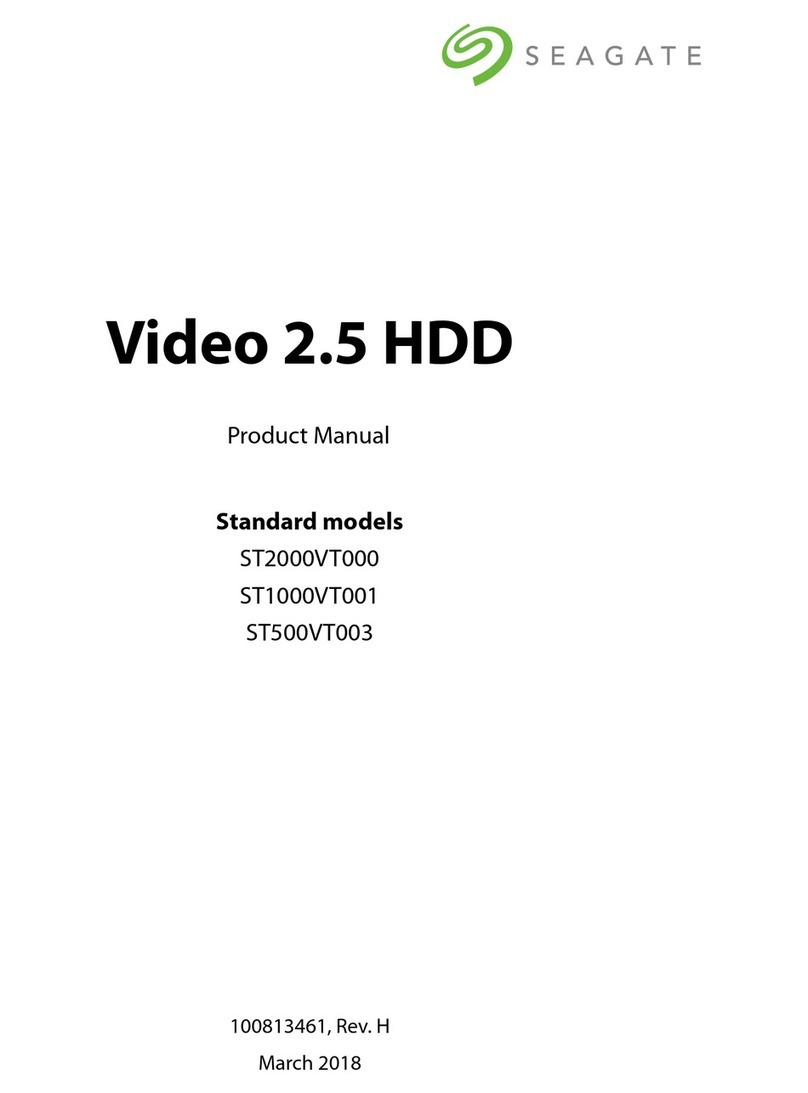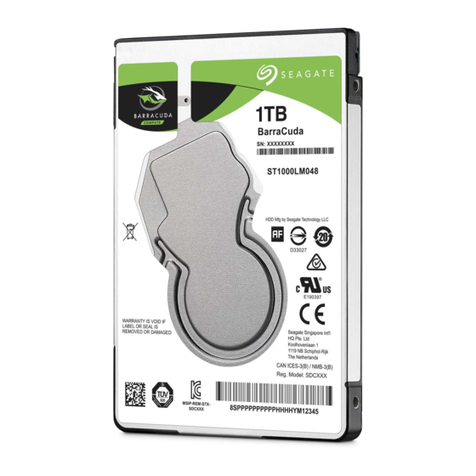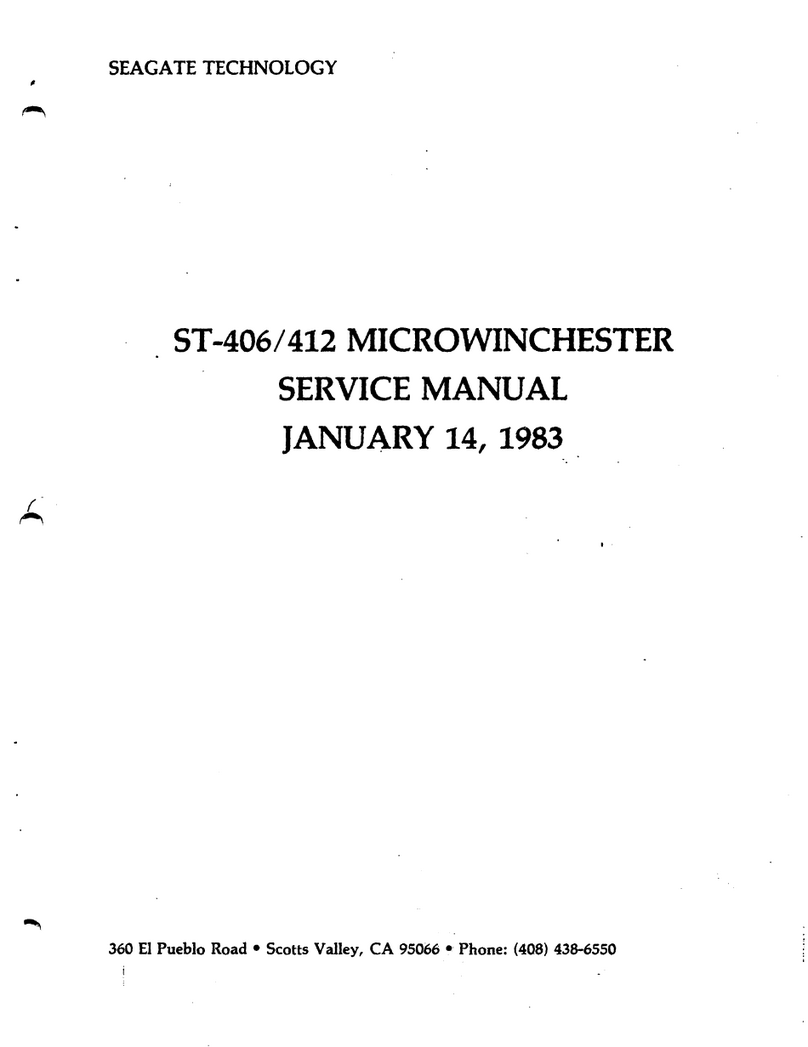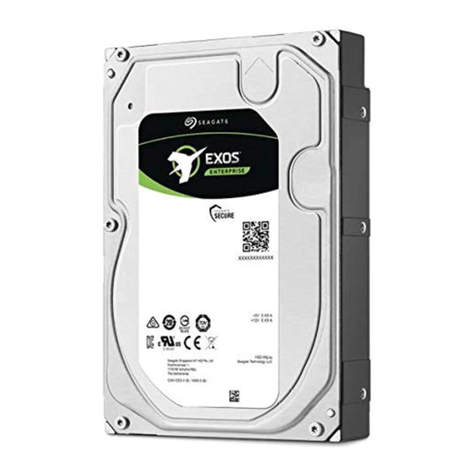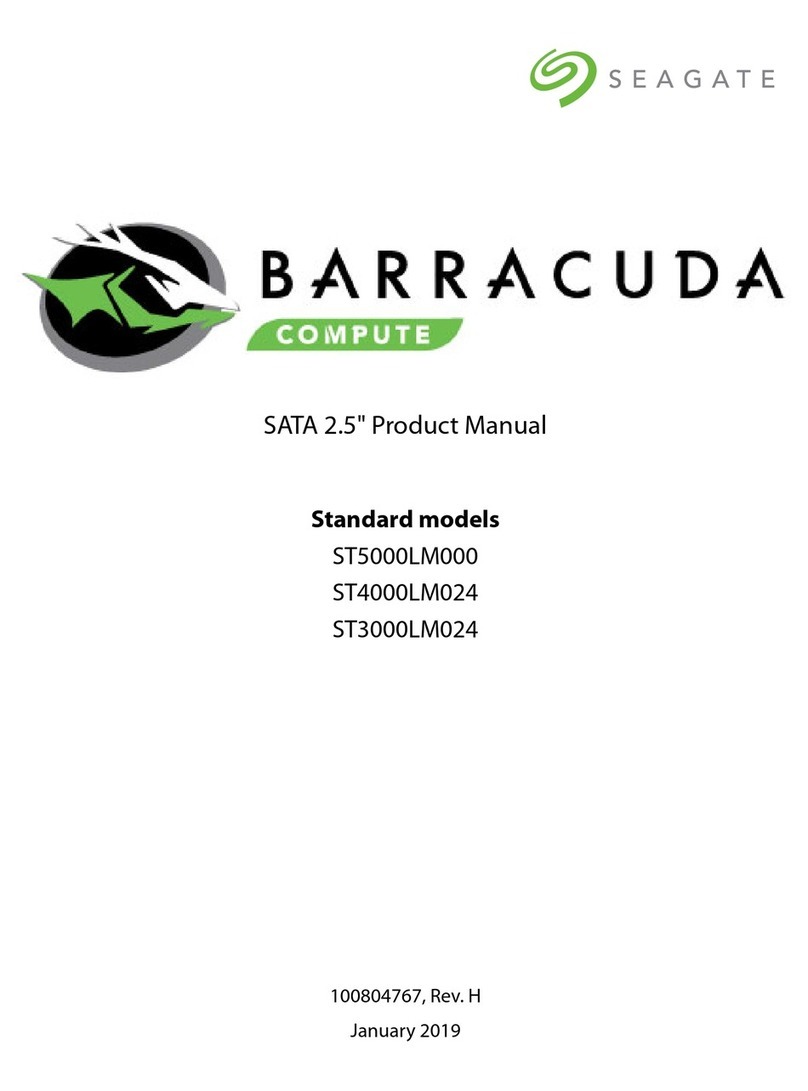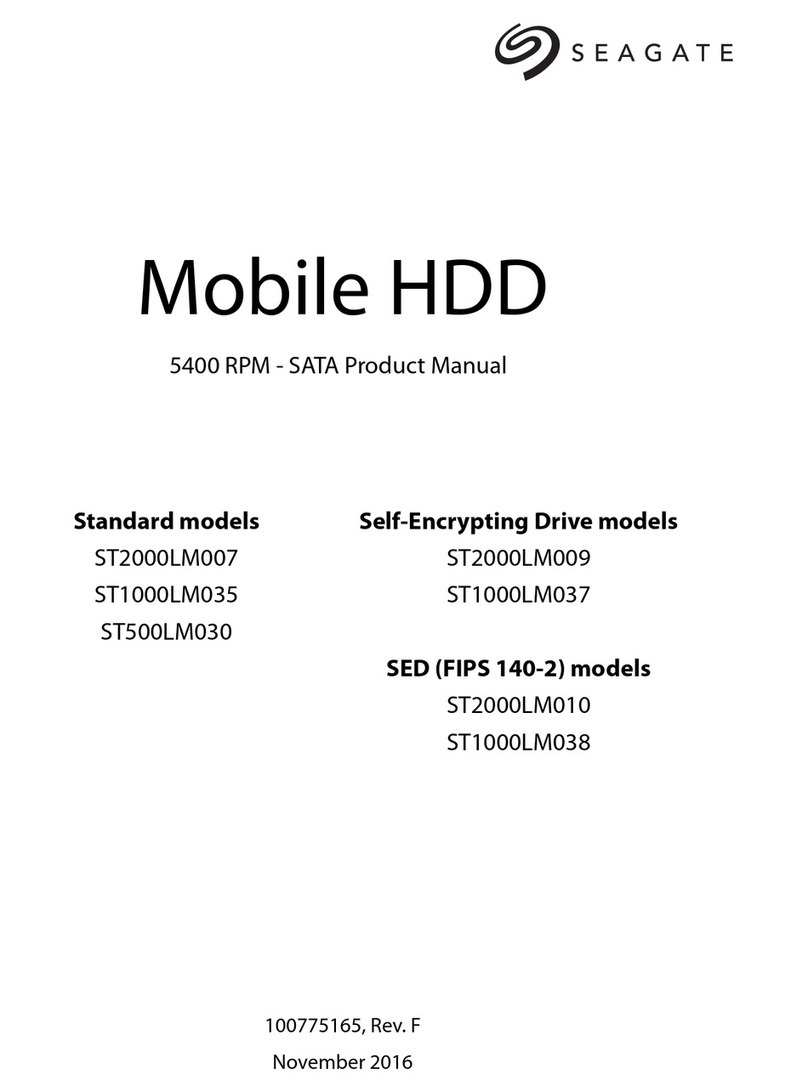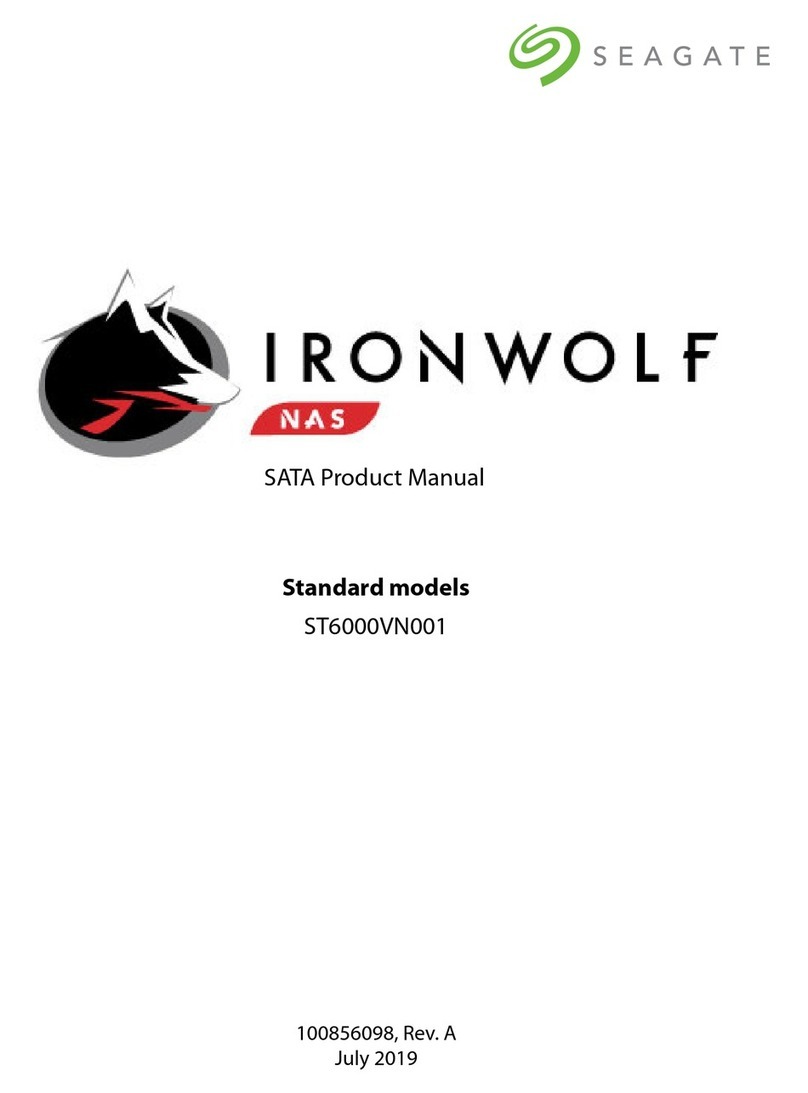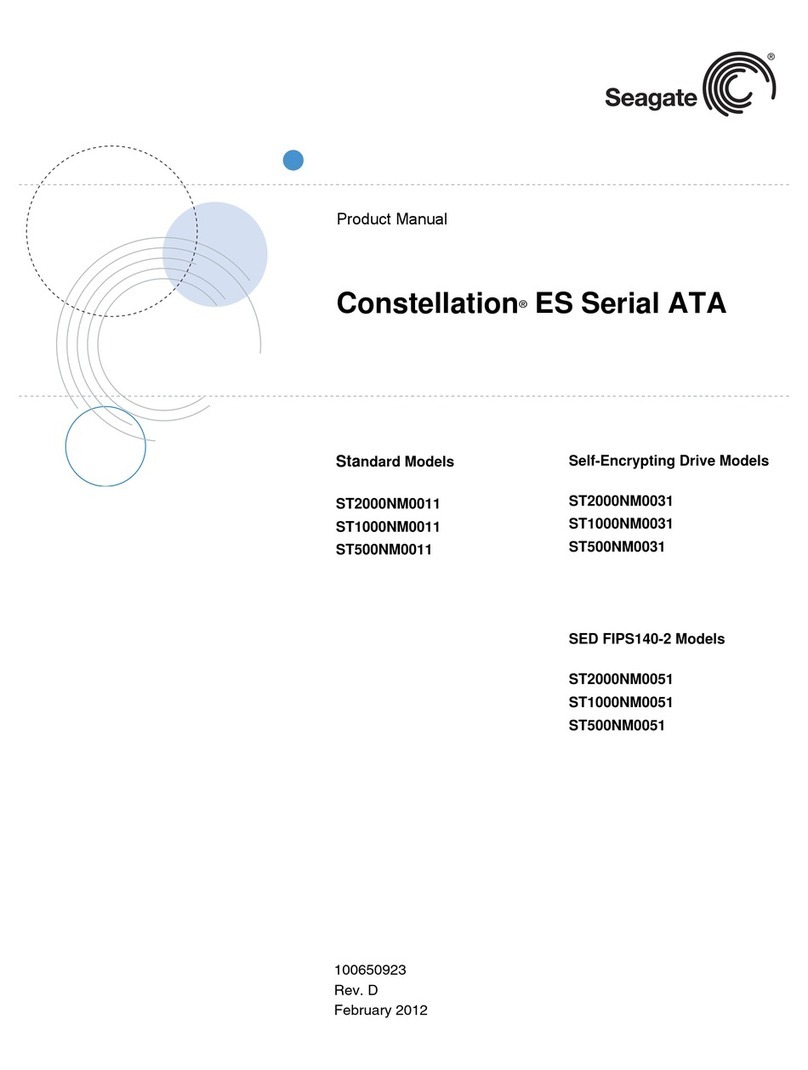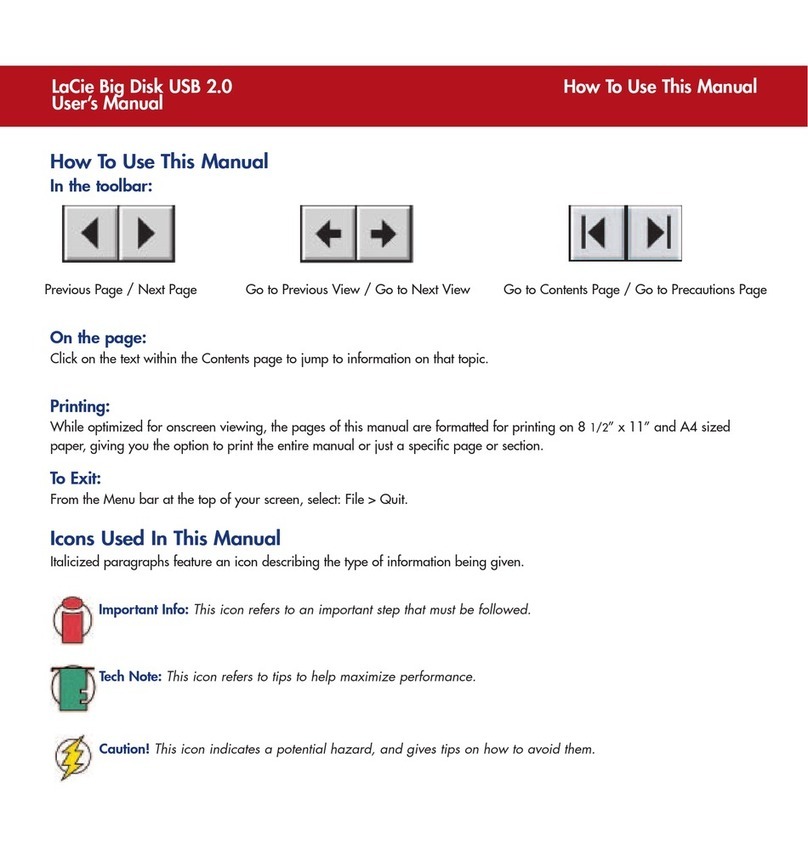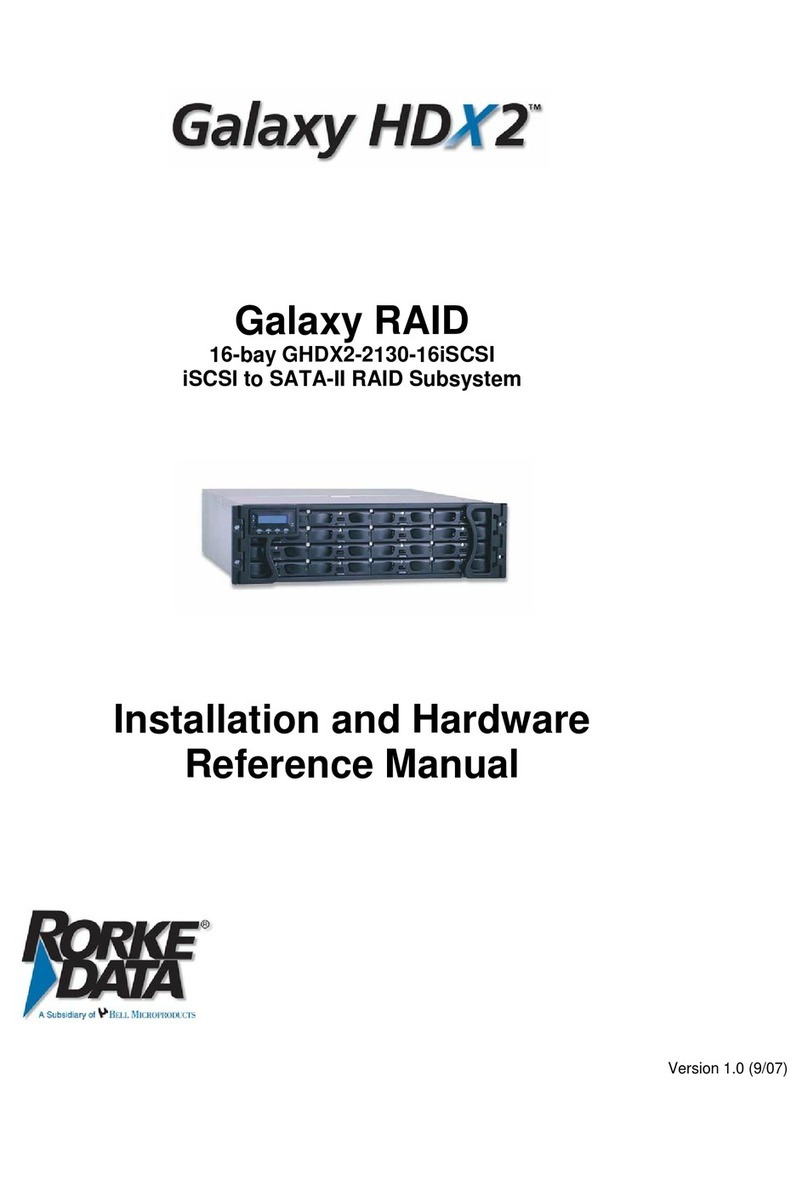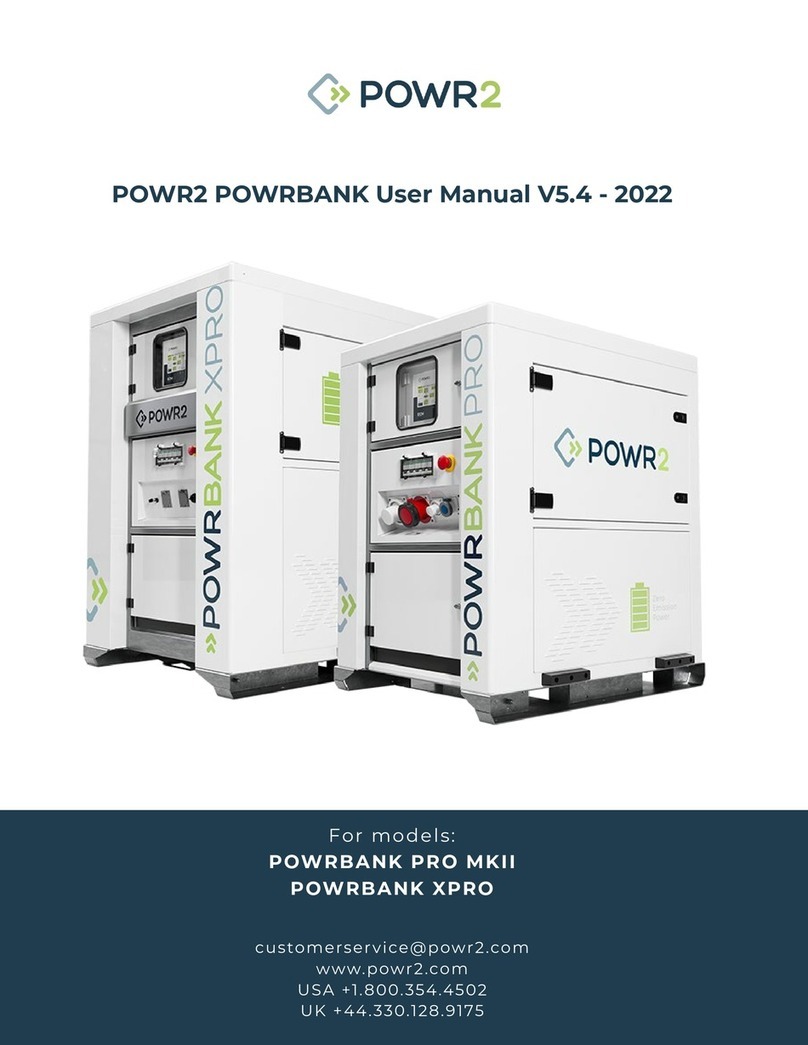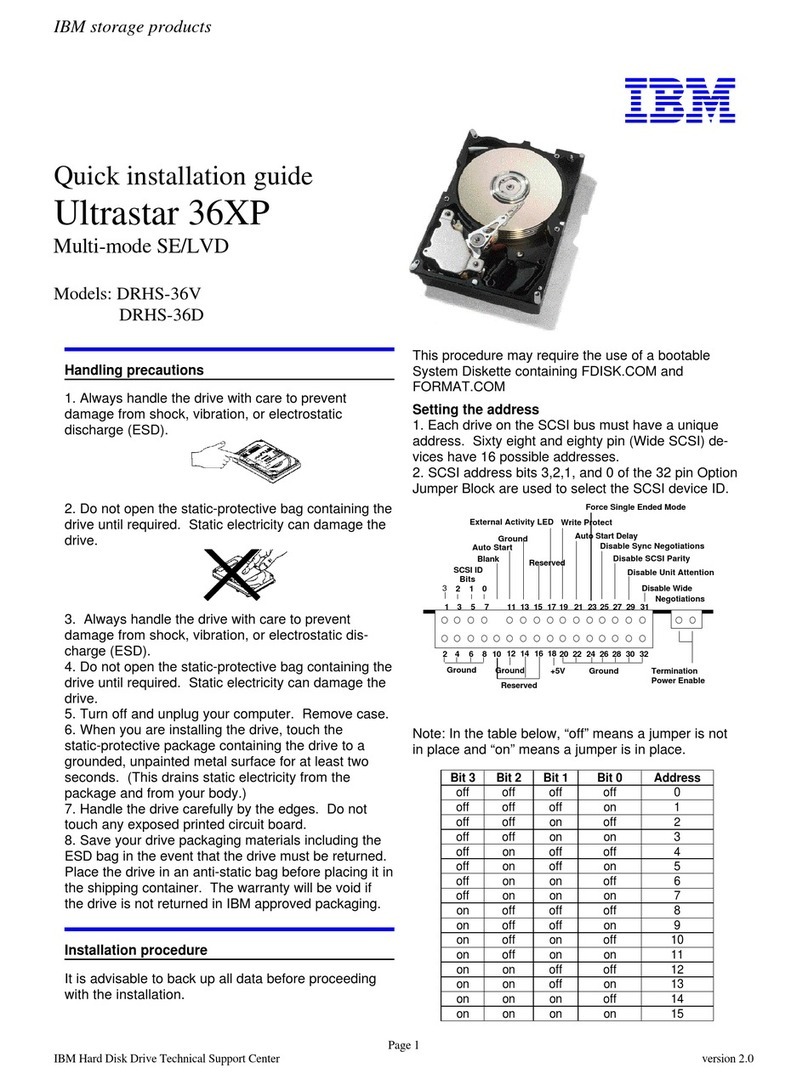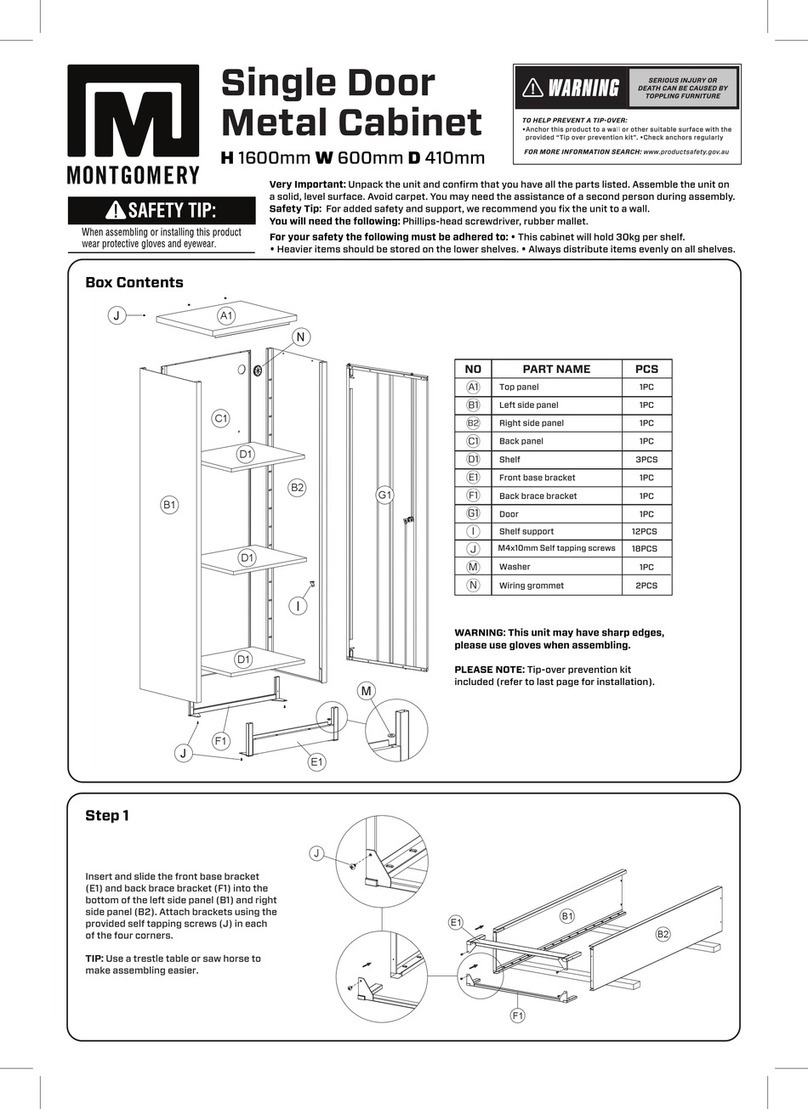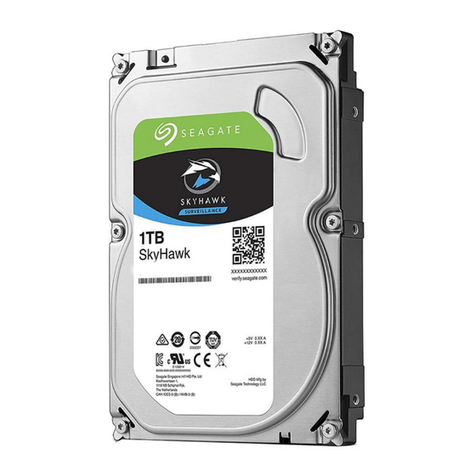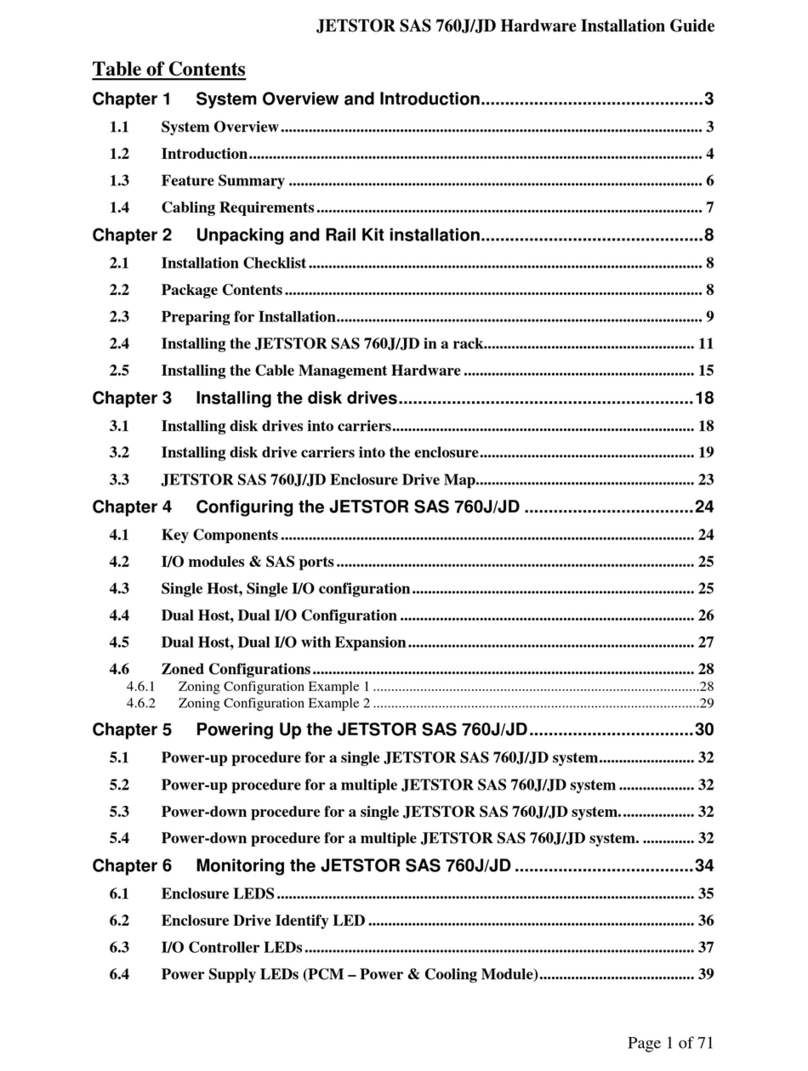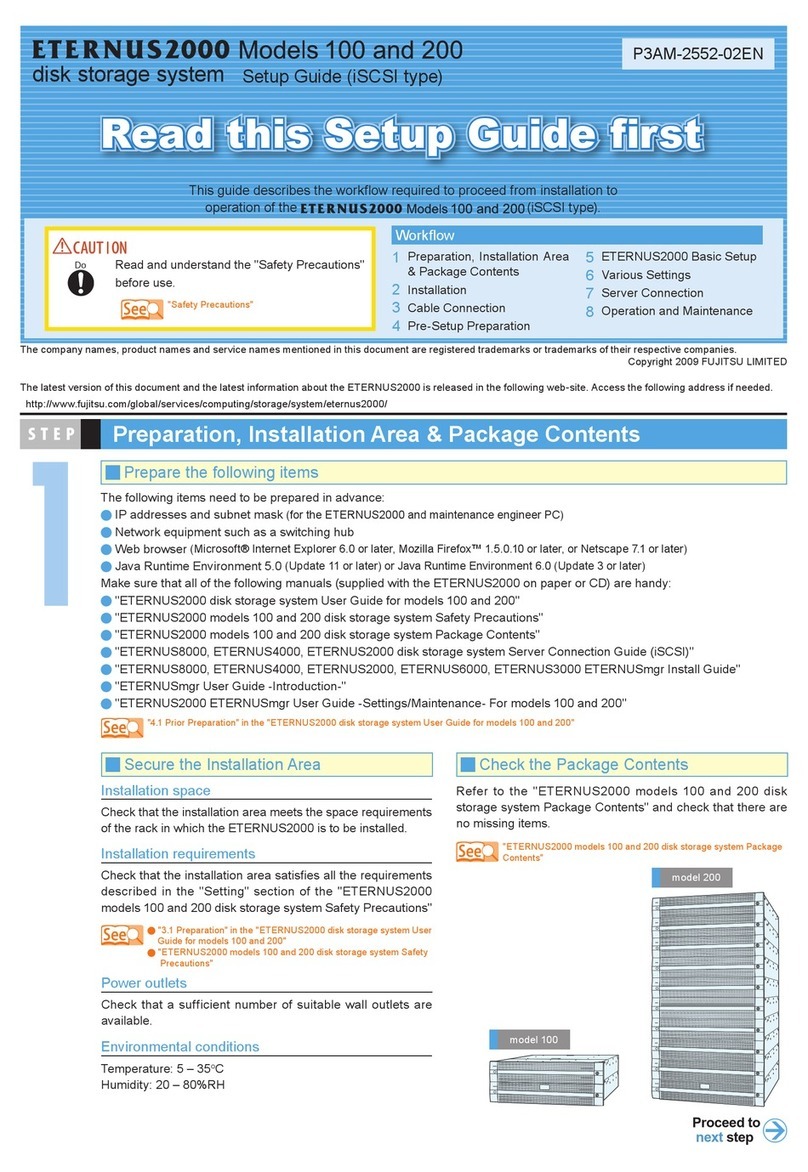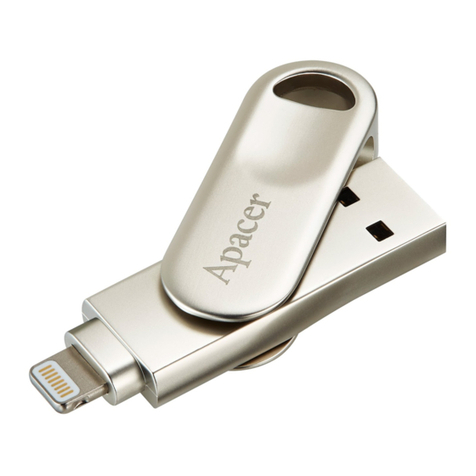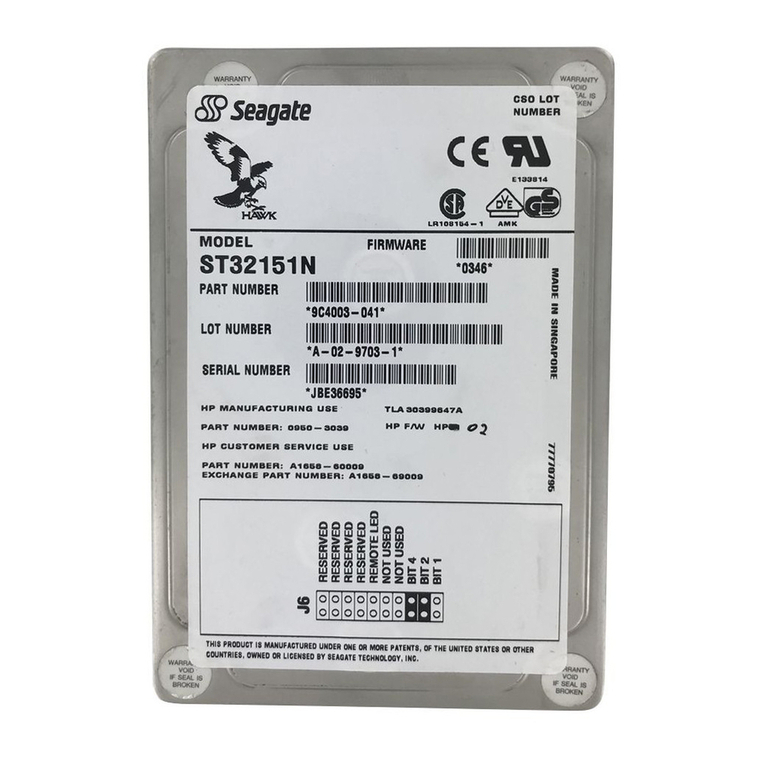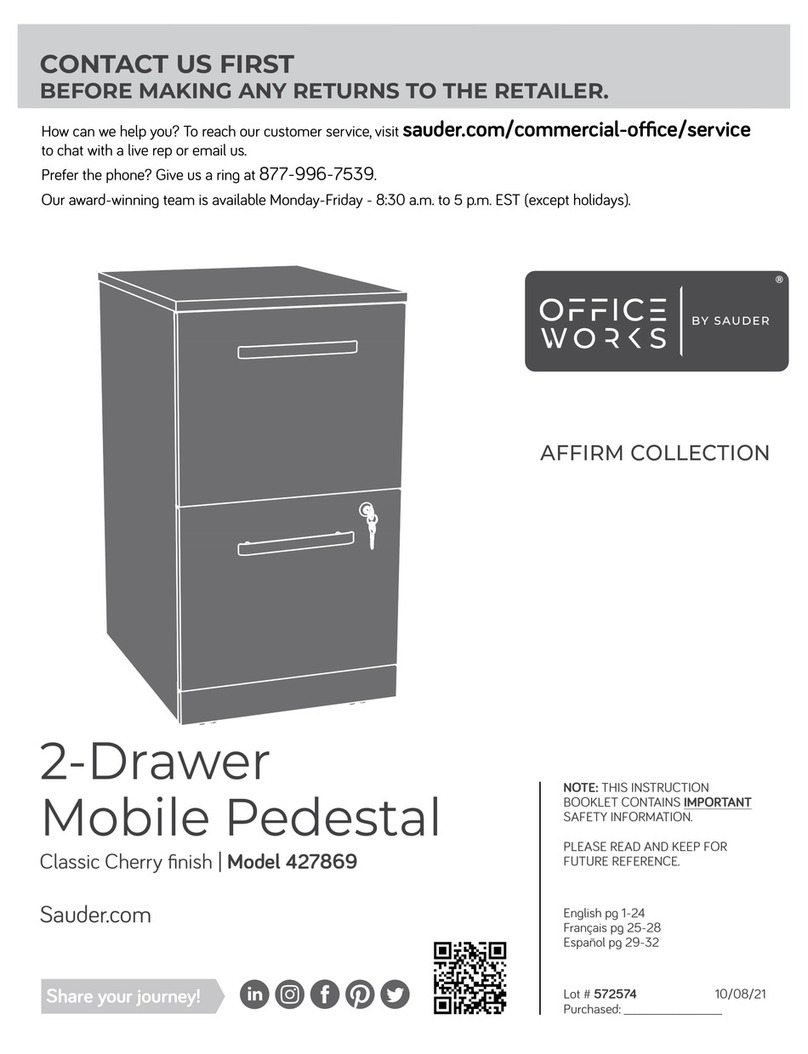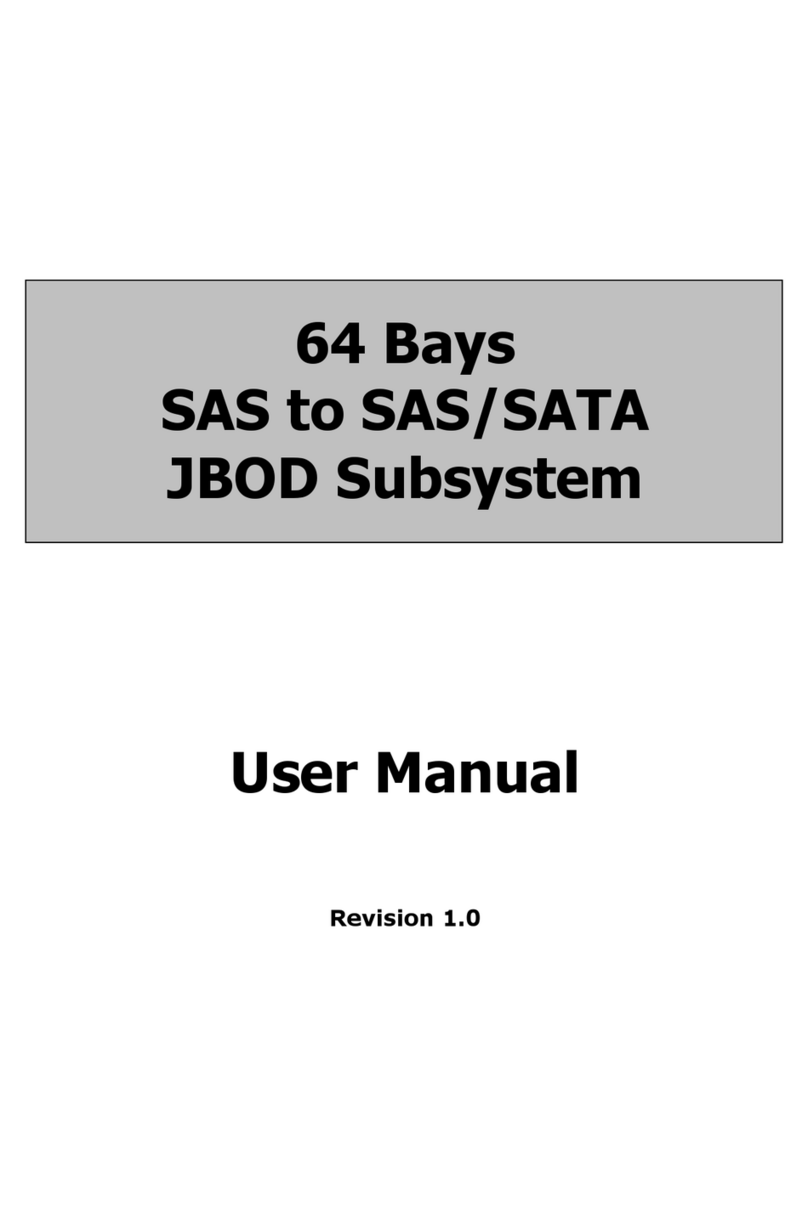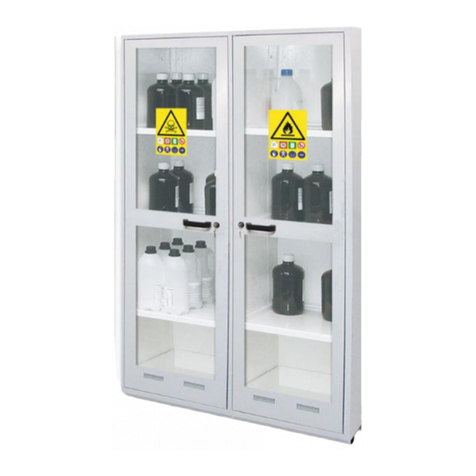
Seagate BarraCuda Product Manual, Rev. D 19
Korean RRA
If these drives have the Korean Communications Commission (KCC) logo, they comply with paragraph 1 of Article 11 of the Electromagnetic
Compatibility control Regulation and meet the Electromagnetic Compatibility (EMC) Framework requirements of the Radio Research Agency (RRA)
Communications Commission, Republic of Korea.
These drives have been tested and comply with the Electromagnetic Interference/Electromagnetic Susceptibility (EMI/EMS) for Class B products.
Drives are tested in a representative, end-user system by a Korean-recognized lab.
Australian RCM Compliance Mark
Models displayed with the RCM compliance mark, comply with the mandatory standards as per the Australian Communications and Media Author-
ity (ACMA) Electromagnetic Compatibility (EMC) regulatory arrangement.
2.12.3 FCC verification
These drives are intended to be contained solely within a personal computer or similar enclosure (not attached as an external device). As such, each
drive is considered to be a subassembly even when it is individually marketed to the customer. As a subassembly, no Federal Communications
Commission verification or certification of the device is required.
Seagate has tested this device in enclosures as described above to ensure that the total assembly (enclosure, disk drive, motherboard, power supply,
etc.) does comply with the limits for a Class B computing device, pursuant to Subpart J, Part 15 of the FCC rules. Operation with noncertified
assemblies is likely to result in interference to radio and television reception.
Radio and television interference. This equipment generates and uses radio frequency energy and if not installed and used in strict accordance
with the manufacturer’s instructions, may cause interference to radio and television reception.
This equipment is designed to provide reasonable protection against such interference in a residential installation. However, there is no guarantee
that interference will not occur in a particular installation. If this equipment does cause interference to radio or television, which can be determined
by turning the equipment on and off, users are encouraged to try one or more of the following corrective measures:
• Reorient the receiving antenna.
• Move the device to one side or the other of the radio or TV.
• Move the device farther away from the radio or TV.
• Plug the computer into a different outlet so that the receiver and computer are on different branch outlets.
If necessary, users should consult the dealer or an experienced radio/television technician for additional suggestions. Users may find helpful the
following booklet prepared by the Federal Communications Commission: How to Identify and Resolve Radio-Television Interference Problems. This
booklet is available from the Superintendent of Documents, U.S. Government Printing Office, Washington, DC 20402. Refer to publication number
004-000-00345-4.
2.13 Environmental Protection
Seagate designs its products to meet environmental protection requirements worldwide, including regulations restricting certain chemical
substances.
2.13.1 European Union Restriction of Hazardous Substances (RoHS) Directive
The European Union Restriction of Hazardous Substances (RoHS) Directive, restricts the presence of chemical substances, including Lead, Cadmium,
Mercury, Hexavalent Chromium, PBB and PBDE, in electronic products, effective July 2006. This drive is manufactured with components and
materials that comply with the RoHS Directive.
ࣗطیࡈ߇ΰח
%
ɼࢽࡈ؏ܞݦࢢ
ࢇЕɼࢽࡈ% ࢷળࢶଢԻ۰࣯Ի
ɼࢽ߾۰یࡈଜЕʨࡶּࢶࡳԻଜֲ ֻҘ
ࠇ߾۰یࡈଟܹݡТЬ



















